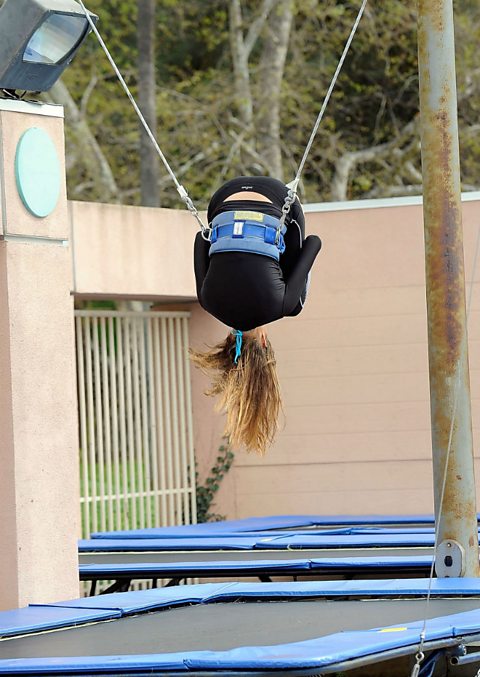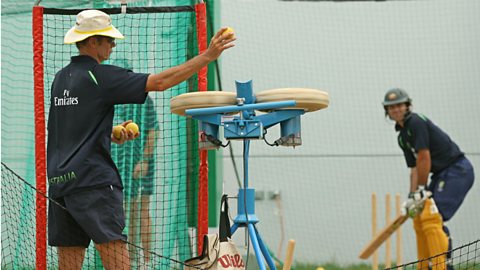Coaching through mechanical guidance

Mechanical guidance is when a piece of equipment or an aid is used to help a performer learn and practise a skill. It is generally used at the early stages of learning. Examples of this include using a float in swimming to develop leg action and body position in front crawl or when a trampolinist is helped to somersault for the first time using a harness. This aid allows the performer to develop the feeling of the full movement of the somersault before they need to risk a dangerous landing. As well as offering safety, it allows the learner to gain confidence.
In modern coaching, the wide variety of mechanical aids is growing all the time. In cricket there are bowling machines that provide consistency. In cycling there are ever more accurate and detailed trip computers, and in swimming, the athlete will use a leg float to allow them to focus all of their attention on their arm action in isolation.
Mechanical guidance at the very top level of sport involves hi-tech methods and has had a major effect in improving the quality of elite sport.

Advantages and disadvantages of mechanical guidance
Advantages
- Gives confidence.
- Ensures safety.
- Gives some idea of 'feel' or kinaesthesis of movement.
Disadvantages
- Expense of equipment.
- Easy to become dependent on the support.
- Should not be used in isolation but always made relevant to the whole performance.
Question
Watching an elite athlete perform a skill before trying it yourself is an example of which type of guidance?
Visual guidance as you are watching an example of how the skill should be performed.